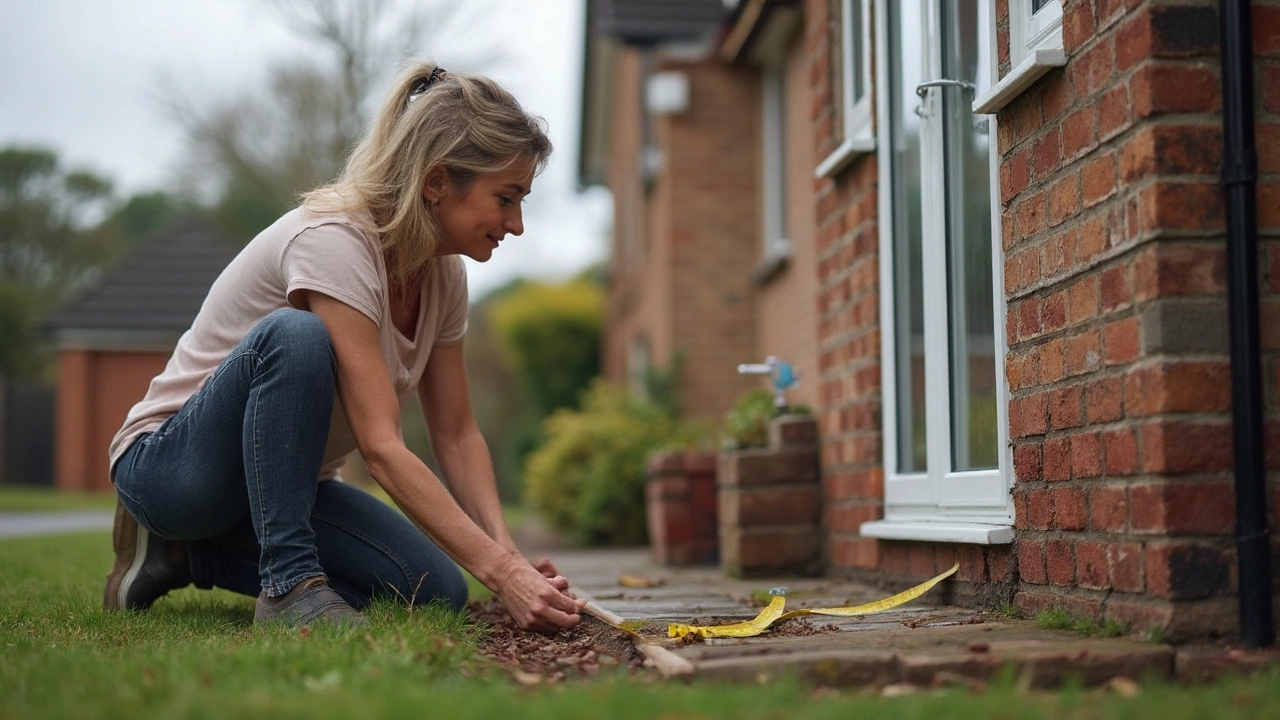Horizontal Crack in Foundations – What It Means and How to Fix It
If you’ve ever seen a straight line running sideways across a wall or a concrete slab, you’ve probably looked at a horizontal crack. Those cracks can feel harmless, but they often hide bigger problems underneath. In this guide we’ll break down why horizontal cracks appear, when they become a red flag, and what steps you can take to keep your home safe.
Why Do Horizontal Cracks Appear?
Horizontal cracks usually form when pressure builds up inside the ground. In the UK, common culprits are:
- Soil pressure: Expansive clay or saturated soil pushes against the foundation walls.
- Incorrect bracing: During construction, if the formwork isn’t supported properly, the concrete can split sideways.
- Sub‑soil movement: Shifts caused by nearby tree roots or drainage changes can force the wall outward.
When the force is strong enough, the concrete or brickwork gives way and a horizontal line appears. It’s different from vertical cracks, which are usually caused by settling or shrinkage.
How Serious Is a Horizontal Crack?
The first thing to do is measure the crack’s width. A hair‑thin crack (under 0.5 mm) is often just cosmetic. Anything wider than 1 mm should raise concerns, especially if it’s growing.
Look for these warning signs:
- Crack widens over a few weeks or months.
- Multiple cracks line up at the same height.
- Water seeps through the crack during rain.
- Doors or windows start sticking.
If you spot any of those, call a structural engineer. In the UK, many insurers won’t cover damage from untreated structural cracks, so acting early can save money.
Repair Options You Can Consider
Fixing a horizontal crack isn’t a one‑size‑fits‑all job. The right method depends on the cause and the crack size.
1. Epoxy injection: For cracks under 5 mm, a two‑part epoxy can be pumped in to lock the wall back together. It’s quick and works well when the ground pressure is stable.
2. Steel reinforcement: When the pressure is ongoing, contractors often install steel straps or bars inside the wall. These brace the wall against further movement.
3. Underpinning: If the soil is shifting a lot, the foundation may need to be deepened. This is the most expensive option but gives the best long‑term stability.
4. Drainage improvement: Adding French drains or improving guttering can reduce soil moisture, lowering the pressure that caused the crack.
Before you choose, get a professional assessment. A good engineer will explain the cause, show you photos of similar jobs, and give a clear cost estimate.
What You Can Do Right Now
Start by cleaning the crack with a wire brush and noting its exact length and width. Take photos from different angles and date them. Keep a simple log of any changes you see.
If the crack is narrow and not getting bigger, you can apply a flexible sealant to stop water ingress. This is a temporary measure, not a fix.
Finally, talk to your insurer. Some policies require proof of repair within a certain time frame, so it’s better to be prepared.
Horizontal cracks don’t have to mean disaster, but ignoring them can lead to costly damage. By checking early, understanding the cause, and getting the right repair, you’ll keep your home solid and your peace of mind intact.

